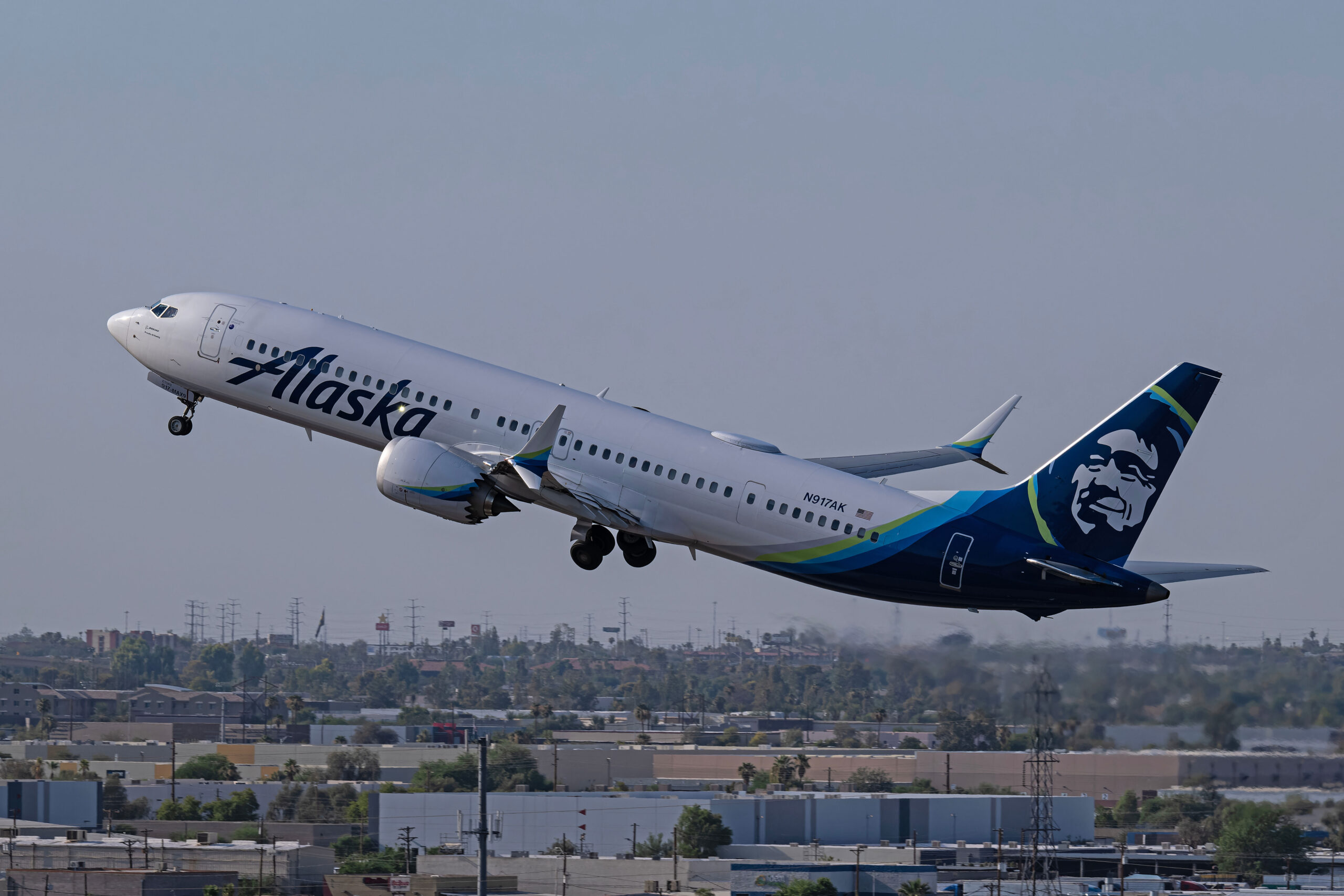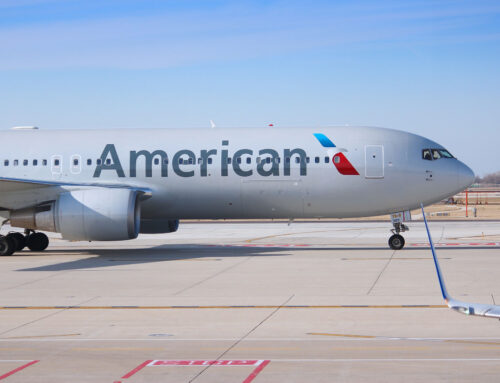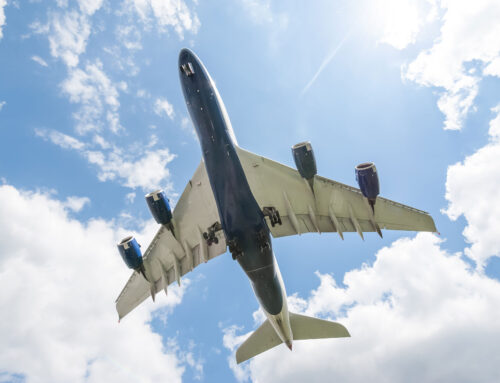Alaska Airlines and Delta Air Lines Lead the Way
The aviation industry is undergoing a significant transformation as leading airlines like Alaska Airlines and Delta Air Lines take substantial steps to enhance sustainability and reduce their environmental impact. Recent initiatives, such as Alaska Airlines’ investment in JetZero and Delta’s move to replace single-use plastic cups, highlight a growing commitment to greener skies. These actions set a new standard for the industry, showcasing how airlines can innovate and invest in sustainable solutions to address the urgent challenges of climate change.
Alaska Airlines and JetZero: Innovating for a Cleaner Future
Alaska Airlines’ recent investment in JetZero, a pioneering company developing a new blended-wing body (BWB) aircraft, marks a bold move towards more sustainable aviation technology. The BWB design integrates the wings and fuselage into a single, smooth shape, dramatically reducing aerodynamic drag and promising up to 50% less fuel consumption compared to traditional aircraft. This translates into lower operating costs and significantly reduced carbon emissions—a critical factor in the global push towards sustainability.
This investment reflects Alaska Airlines’ commitment to fostering technologies that can reduce the environmental impact of aviation. By supporting JetZero, Alaska Airlines is not just advancing its fleet but also contributing to a broader shift in the industry towards innovative solutions that prioritize fuel efficiency and lower emissions. It’s a strategic move that aligns with the airline’s comprehensive sustainability strategy, which includes operational efficiency, fleet renewal, sustainable aviation fuel, waste reduction, and the exploration of electrified aircraft.
Delta’s Initiative to Eliminate Single-Use Plastics
Delta Air Lines has also taken significant strides in its sustainability journey by committing to replace single-use plastic cups with recyclable paper alternatives on its flights. This move comes after extensive research and development, reflecting Delta’s broader efforts to reduce in-flight waste and minimize its environmental footprint. By transitioning to recyclable paper cups, Delta aims to eliminate approximately 7 million pounds of plastic annually, further solidifying its commitment to sustainable practices.
The initiative to reduce plastic waste aligns with Delta’s larger sustainability goals, which include investing in sustainable aviation fuel (SAF) and implementing fuel-saving measures across its operations. Delta’s comprehensive approach to sustainability demonstrates that airlines can make meaningful changes by focusing on both small, everyday actions—like switching to paper cups—and larger-scale investments in cleaner technologies.
Setting the Standard for a Sustainable Future
The efforts by Alaska Airlines and Delta Air Lines to embrace sustainability are setting a new standard for the aviation industry. Both airlines are demonstrating that it is possible to balance operational needs with environmental responsibilities by investing in innovative technologies and making strategic changes to their business practices.
Alaska Airlines’ partnership with JetZero shows a commitment to cutting-edge technology that could redefine the future of air travel, while Delta’s comprehensive waste reduction efforts underline the importance of rethinking even the smallest details to achieve broader sustainability goals. Together, these initiatives illustrate a broader trend in the aviation industry towards more sustainable operations.
Moving Forward: The Path to Greener Skies
As the aviation industry continues to face increasing pressure to reduce its carbon footprint, the initiatives led by Alaska Airlines and Delta Air Lines provide a blueprint for what is possible. These airlines are leading the charge by investing in innovative solutions that reduce fuel consumption, minimize waste, and promote a more sustainable future.
Looking ahead, it is clear that the journey towards sustainable aviation will require continued innovation, collaboration, and a commitment to environmental stewardship. As more airlines adopt similar strategies and invest in sustainable technologies, the aviation industry can make significant strides in reducing its impact on the planet.
Conclusion
Alaska Airlines and Delta Air Lines are at the forefront of the aviation industry’s shift towards sustainability. Through strategic investments in next-generation aircraft technology and proactive waste reduction initiatives, they are demonstrating that airlines can lead the way in creating a cleaner, greener future. Their efforts set an inspiring example for the industry, proving that with innovation and commitment, sustainable aviation is not just an aspiration but an achievable reality.







